Race and Romance
When I decided to write and eventually self-publish, one thing I was adamant about was including race in my books. For example, here’s a line from the blurb of one of my upcoming romance novels:
“Harlow Jennings has always been complimented on her beauty. Admirers make a point to tell her she’s very pretty for a dark skinned woman.”
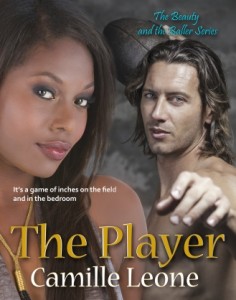
Some people won’t have the foggiest notion of what that means. But as someone who comes from a multicultural family where there are relatives who could pass for white and others who are beautiful and deep dark brown, its hard not to go through life being reminded that I am a person of color. It’s something that comes up almost on a daily basis.
Another thing I’m not only unyielding about, but very conscious of, is that a positive black male role model is in all of my books. Why? Because far too often black males are labeled negatively no matter if they have a college degree and rise to level of the highest office of this land (hint, President of the USA).
Thank goodness for the current technology that puts the ability to write and also publish into the hands of authors, if they so choose.
When I was growing up, romance novels with minority protagonists and even interracial books were few and far between. Oh there were books out there, but much of the time code words were used to spell out the heat level of the book. The word “Savage” was a dead give away regarding not just the heat level, but the ethnic group of the hero:
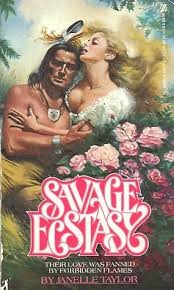
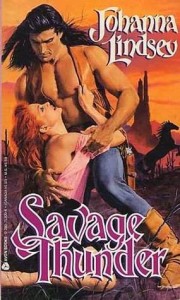
Native Americans were the favorite exotic hero, but racial prejudices at the time still didn’t view the black male of African Ancestry as a lead not just for romance, but in other activities, like football and basketball, where for the longest time black quarterbacks, coaches and front office personnel were also almost non-existent.
So what did I read?
Books like Manchild in the Promised Land by Claude Brown, just about anything written by Donald Goines, Bronze Thrills, a monthly mag that was the black counterpart to monthly romance journals like True Story and Modern Romance (my mom had a monthly subscription to True Story):
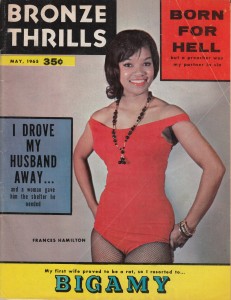
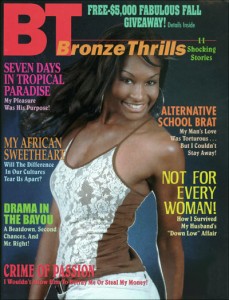
I read the paperback of an acclaimed 1957 novel called Corner Boy by Herbert Simmons, I had my aunt’s Mickey Spillane, Perry Mason and Ray Bradbury horror paperback books, my mom’s Harold Robbins hard cover books from Doubleday that came just about every month, so I got to order A Tree Grows in Brooklyn by Betty Smith. In short, my reading tastes were/are varied and lean towards non-fiction and just about every genre of fiction.
These days I’m very pleased to be able to pick up novels from authors such as Jeannie Lin:

I’ve found a number of talented authors who not only feature minority leading men and women, but are able to get into the head of that character and not white wash them in either thought or deed. I think that’s most important to me when I both read and write, that a character is true to the best of my ability. That also means anyone can be a villain. So just because I have a positive black role model in a book, that doesn’t mean there won’t be someone who’s negative or that positive role model wouldn’t have some irritating ways. On the contrary, no one is entirely innocent in many of the manuscripts I write.
And since I create my own covers I’ll always do my best to make sure there’s equal representation when portraying the beautiful variation among women of color, but especially those who make up the black culture.
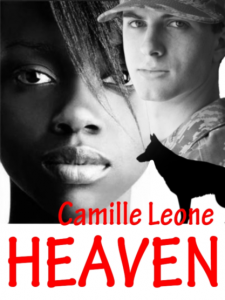
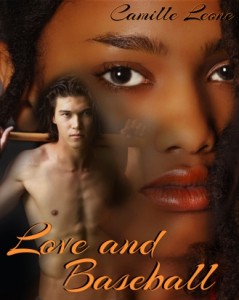
To be continued-
For more info on the whole “pretty for a dark skinned girl”:
http://www.huffingtonpost.com/jn-salters/youre-pretty-for-a-dark-skinned-girl_b_3360767.html